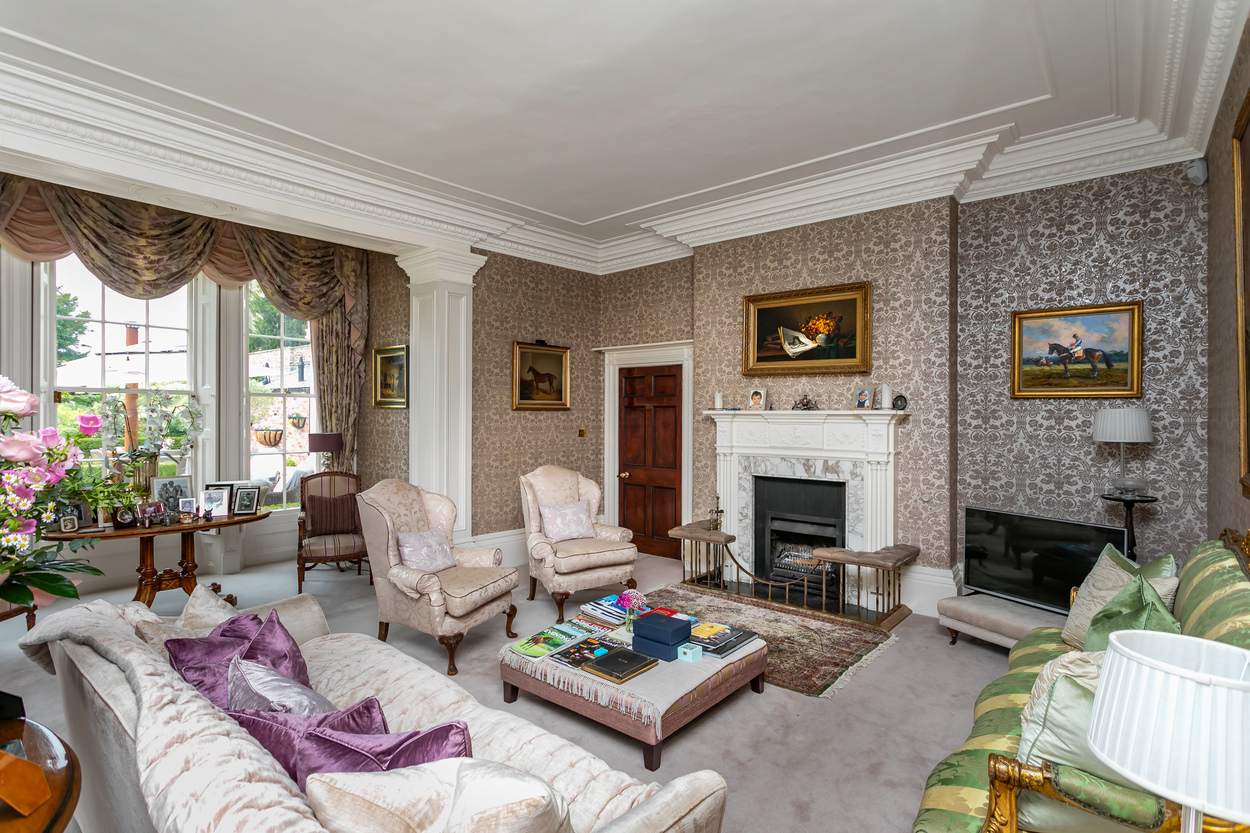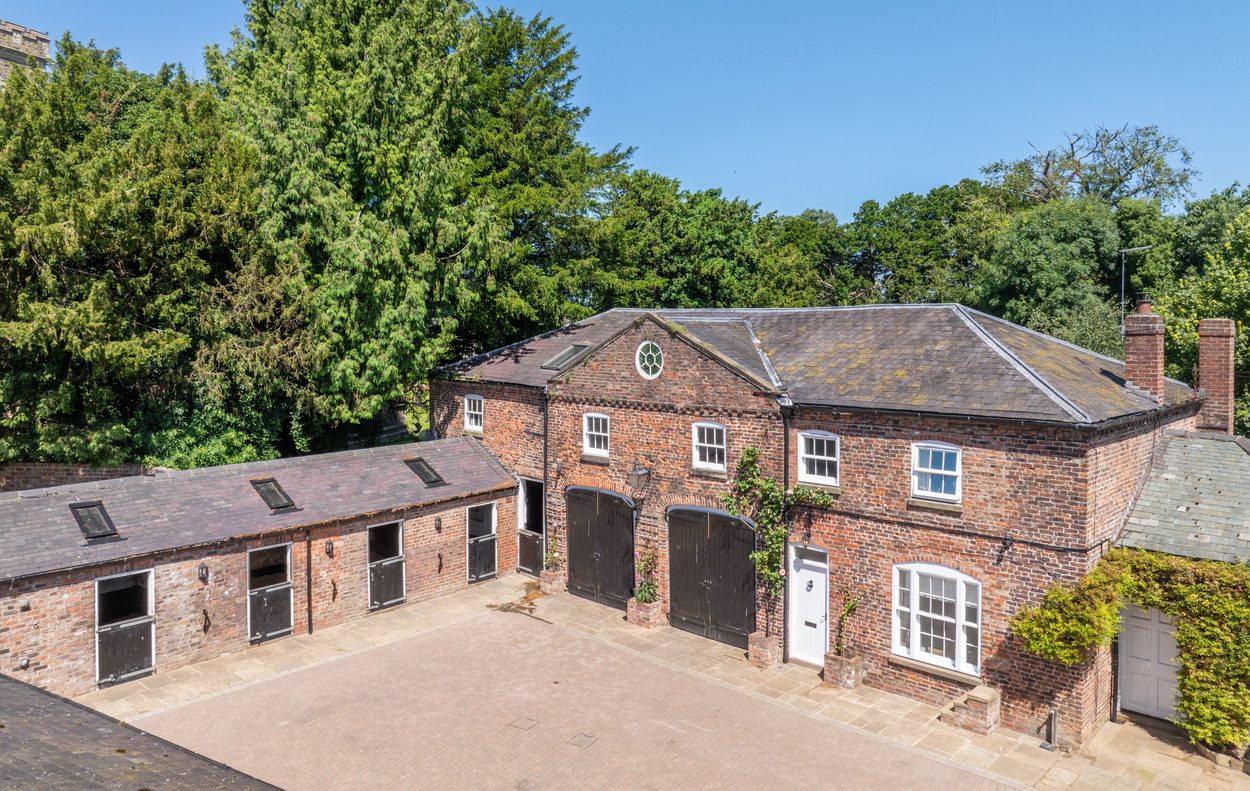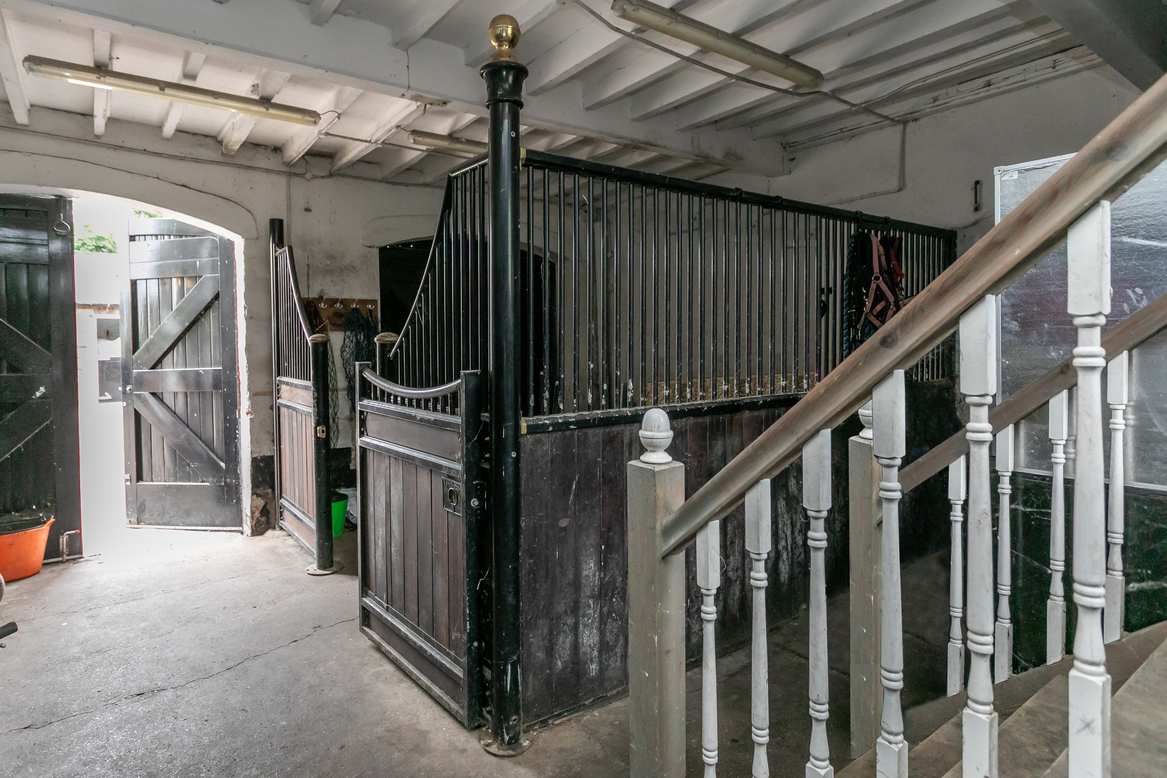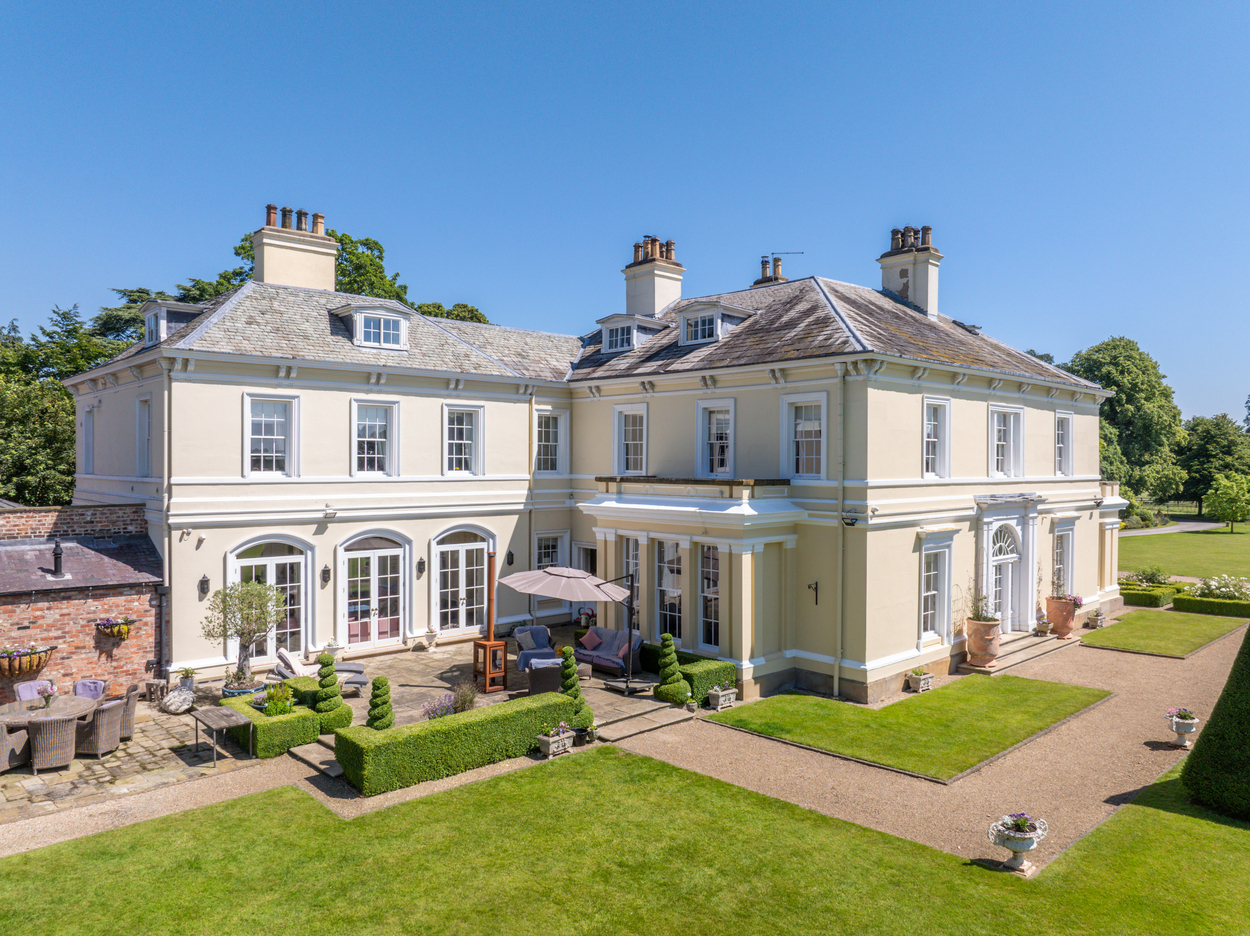

























































Cherry Burton Hall is an immaculately presented family home that is the embodiment of a classical country house set comfortably in its own parkland at the edge of this charming East Riding Village.
For more information please contact Lindsay at Lindsay@bluebookagency.com or call 07967555545







Chapter One
Cherry Burton Hall is an immaculately presented family home that is the embodiment of a classical country house set comfortably in its own parkland at the edge of this charming East Riding village.
A long sweeping drive reveals a fine view of the house past a lake and immediately one sees the breath-taking gardens.
Built in 1790 and re-modelled in 1857 under Cuthbert Brodrick who was the architect responsible for Leeds Town Hall, the house has an impressive portico entrance hall with a clear view to the back of the house through glazed doors and defines the house as one that is bathed in natural light.
The rooms are of an exceptional scale and volume with high ceilings and a mass of period features. The house has had the benefit of extensive remodelling, the result is a modern family house with all the benefits of a modern property whilst retailing many of the period features. The result is an elegant and refined home that is more usually associated with listed buildings. The Westmoreland slate roof tiles used for the extension were sourced from the Canadian Embassy in London. The detail and quality of the workmanship has resulted in a seamless and complimentary addition to the existing house.
Stone floors, a sweeping staircase and working fireplaces all add to the charm and warmth of this remarkable house.
The kitchen is at the heart of The Hall with an extensive range of the finest fitted furniture and an Aga, providing a place where everyone can congregate. A dining table ensures there is space for relaxed entertaining and all the family to eat, which in turn leads to a large, comfortable sitting area with a ‘living wall’ as the main feature. French windows lead onto a beautiful south facing terrace ideal for al fresco dining and relaxing.
The bedrooms have their own special character with the principal bedroom having some of the best views in the house along with a ‘statement’ bathroom. Don’t miss the ‘hidden’ bathroom, concealed by a faux wardrobe.
The second floor is arranged in such a way that it can be used by older children wanting to set up their own space or indeed as it is used at the moment for independent living having a staircase that leads directly to a back door.
The outside
As befits a house of this standing, the original stables and loose boxes are centred around a courtyard. The coach house benefits from having many of the original fittings still in place and connects to a separate groom’s apartment.
The gardens have been expertly laid out with some majestic tress and herbaceous borders giving all round colour and structure.
For the equestrian enthusiast the set up at Cherry Burton is superb but we would say does not define the property if horses aren’t your thing. There is a manege, and covered horse walker along with field shelters.
There is a large barn with space enough for a great number of cars, tractors and the necessary machinery needed to maintain the estate.






Chapter Two
Surrounded by traditional farmland and on the edge of the stunning landscape of the Yorkshire Wolds, the charmingly named village of Cherry Burton was one of the first villages in UK to be awarded Fairtrade Village status for promoting fairtrade and local produce. There is a cricket club, primary school, village hall, church, shop, post office, and public house called The Bay Horse. The Michelin stared Pipe and Glass is only a short drive and a ‘must go’ destination.
The beautiful traditional market town of Beverley, a regular haunt of the poet Philip Larkin, is a ten-minute drive away. The town has regularly featured in The Sunday Times’ Best Places to Live guide for its pretty cobbled streets and green spaces, highly rated schools, and excellent array of independent shops and amenities, including a wide choice of delicatessens, restaurants and historic pubs. Cultural highlights include the town’s 13th century minister, ancient guildhall, East Riding Theatre and horse racing at Beverley Racecourse.
The outstanding local countryside is closely connected with the Yorkshire-born artist David Hockney, providing the inspiration for the artist’s vibrant Yorkshire landscapes including scenes from the series The Arrival of Spring and Midsummer, walkers can trace the artist’s footsteps to his favourite local spots, and there is a fantastic network of footpaths nearby including the Minster and the Yorkshire Wolds Ways.
For those looking to commute, Cherry Burton has easy access to the M62. Beverley railway station is 3 miles away providing fast train links to Hull (from 11 minutes). Brough station 14 miles away has regular direct services to London King's Cross (from 2 hours and 23 minutes) with further services available at York, 27 miles away.




Chapter Three
‘Gods Own County’
Cherry Burton is reputed to enter the historical record through the writings of the Venerable Bede, who records that John of Beverley consecrated a church and performed a miracle around 686 AD at a place called North Burton (a name used in historical sources to refer to Cherry Burton to distinguish it from the neighbouring village of Bishop Burton).
John had been a member of the Whitby community under Abbess Hilda, one of the pioneers in establishing Christianity in Northumbria. He went on to become the Bishop of Hexham and later Bishop of York before founding a new monastery in secluded clearing in the woods along the river Hull around 700AD, which later grew into the town of Beverley.
John was famed for performing healing miracles and following his death and subsequent canonisation as Saint John of Beverley, his monastery became a place of sanctuary and pilgrimage, bringing wealth to the town right up until the English Reformation.
The magnificent minster, one of Britain's finest examples of medieval gothic architecture, is thought to stand on the site of the original monastery. It has been rebuilt on several occasions with previous earlier buildings destroyed by a Viking raid and later by a fire which destroyed much of the town in 1188, prior to the construction of the current minster in the early 13th century.















Any questions about our properties, your search or anything else, email The Blue Book or call us with any enquiry you may have and we’ll be sure to respond quickly
Be the first to hear about our properties for sale and insights on the market